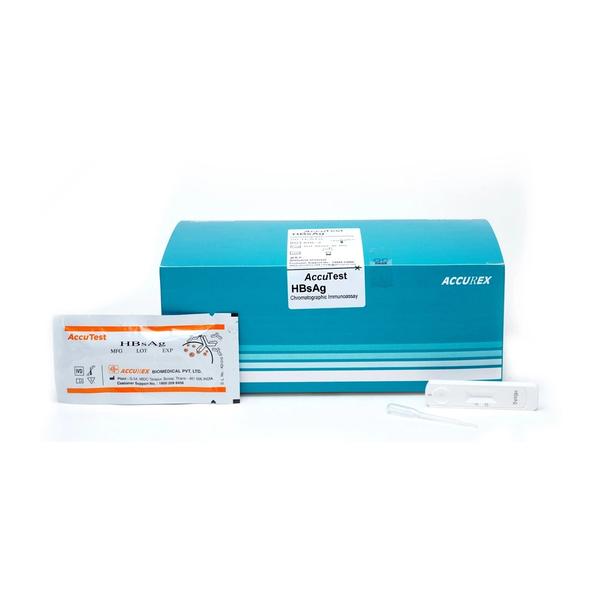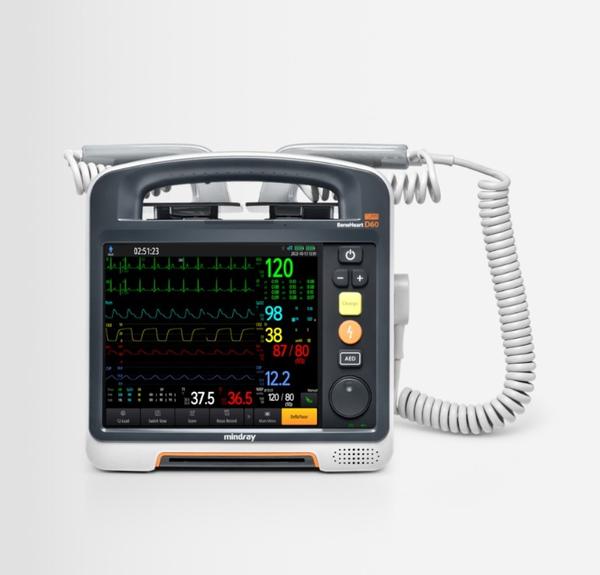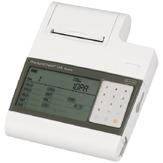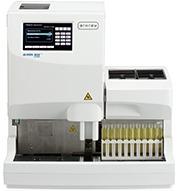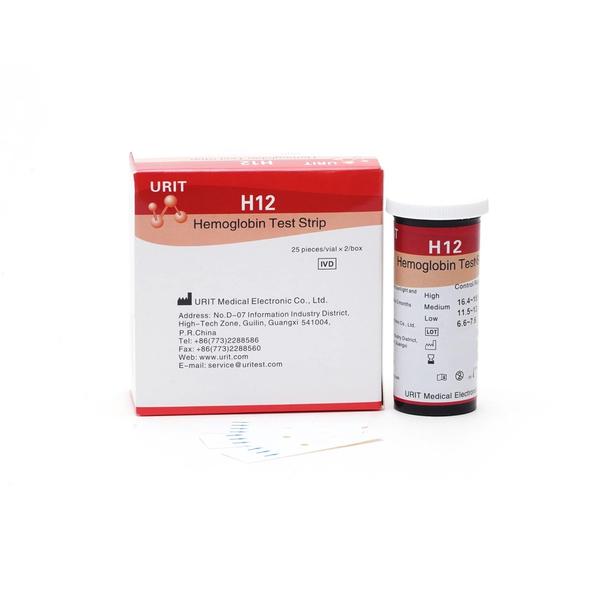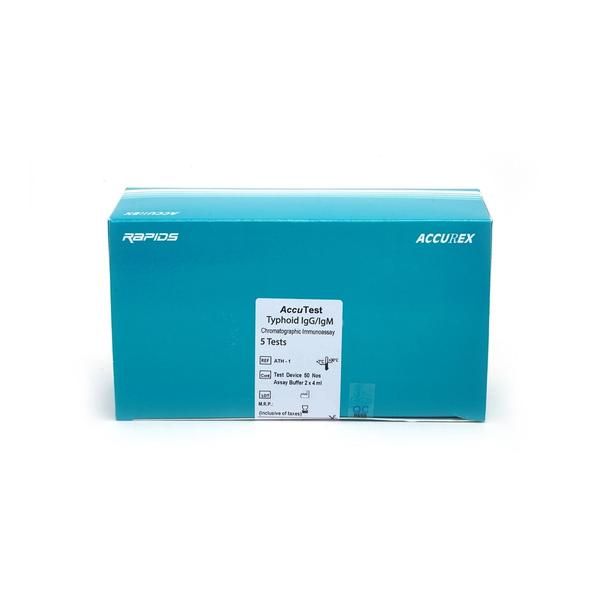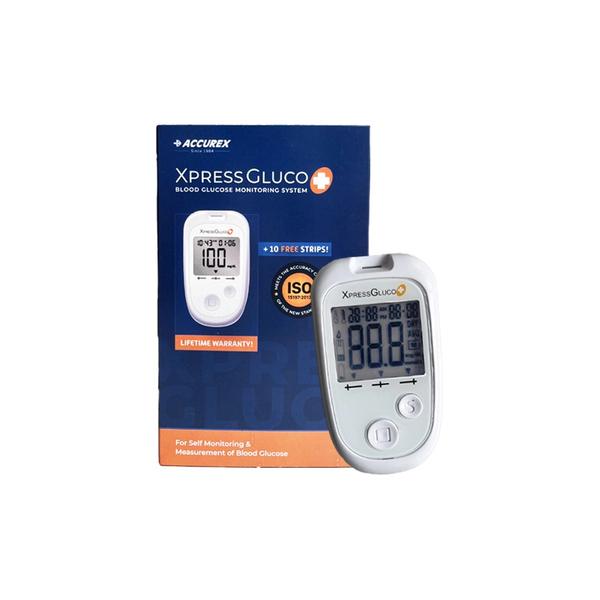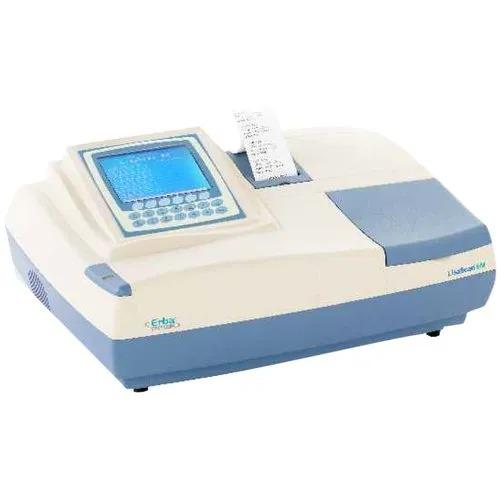Buy AccuTest HBsAg Rapid Card Test (50 Tests) Online from Accurex. HBsAg means Hepatitis B surface antigen which is a protein on the surface of hepatitis B virus. It can be detected in high levels in serum during acute or chronic hepatitis B virus infection. HBsAg positive indicates that the person is infectious. The hbsag test kit is a one-step immunochromatographic assay based on the antigen capture, or Sandwich principle. HBsAg positive treatment may include Antiviral medications. AccuTest HBsAg Card Test Hepatitis BHepatitis B is a viral infection that attacks the liver and can cause both acute and chronic disease. An estimated 240 million people are chronically infected with hepatitis B (defined as hepatitis B surface antigen positive for at least 6 months). Laboratory diagnosis of hepatitis B infection focuses on the detection of the hepatitis B surface antigen HBsAg. Hepatitis B surface antigen (HBsAg) consists of lipid carbohydrate and protein elements; the protein moiety provides a marker for identification of chronic, infectious BBV infections. Hepatitis B is transmitted sexually or intravenously and has an incubation period of six months. If not diagnosed properly and in time, it can develop into acute or chronic infection, liver cirrhosis and fulminant hepatitis. This test is very useful for screening blood donors, to find out whether they are HBsAg positive before collection of blood. Principle: AccuTest HBsAg is a qualitative test based on immunochromatography sandwich principle. The test card includes a combination of monoclonal anti-body gold conjugate (colloidal gold) and polyclonal solid phase antibodies which selectively binds Hepatitis B surface antigen with high degree of sensitivity. The HBsAg test is a one-step immunochromatographic assay based on the antigen capture, or Sandwich principle. The method uses monoclonal antibodies conjugated to colloidal gold and polyclonal antibodies immobilized on a nitrocellulose strip in a thin line. The test sample is introduced into well and flows laterally through an absorbent pad where it mixes with the signal reagent. If sample contains HBsAg, the colloidal gold-antibody (mouse) conjugate binds to the antigen, forming an antigen-antibody-colloidal gold complex. The complexes then migrate through the nitrocellulose strip by capillary action, which are stopped by an immobilized antibody zone forming a purple band. The formation of the first purple band (T zone) is indicative of hepatitis positive. To serve as a procedural control, an additional line of antibody antimouse IgG has been immobilized on the card. If the test is performed correctly, this will result in the formation of purple and upon contact with the conjugate as a control line. Safety Information AccuTest HBsAg test kit is designed lor detection of Hepalitis B Surface Antigenin the specimen. As with all diagnostic tests, il is recommended to interpret all the results in line wilh clinical manifestations, other lest resulls & clinicians’s view colleclively. If the lest device is showing stagnancy in flow on chromalography, it is most likely due lo problem in the sample. In this case, relest with a fresh sample or diluted sample. Direction for Use Test Procedure: 1. Allow the test, specimen and or control to room temperature prior to the testing 2. Remove one test card from the pouch and place it on a clean flat surface 3. Using the dropper provided one drop of serum/plasma or W. blood sample (25 ul), wait for few seconds till the Whole blood absorbed by sample pad (approx. 30 second), 4. Add 2-3 drops of buffer (60 ul) into the sample well. (If needed add one more drop of assay buffer). 5. Let reaction proceed until the appearance of positive line and control line or up to 20 minutes. 6. Read results after 20 minutes, strong positive reaction may visible within 5 minutes. 7. If negative or questionable results are obtained, the HBV infection is suspected, the test should be repeated ona fresh serum specimen. Storage: AccuTest HBsAg should be stored at 4-30C. However, the card may be stored at room temperature not exceeding 30C in the original sealed pouch.
Send Message